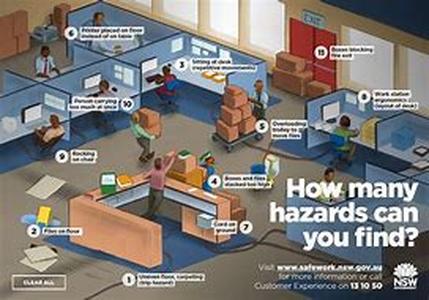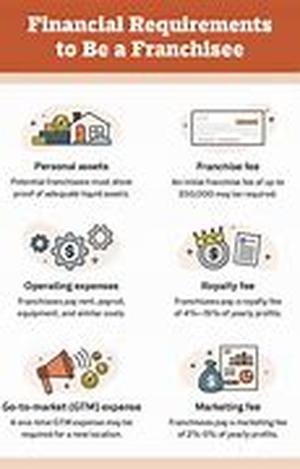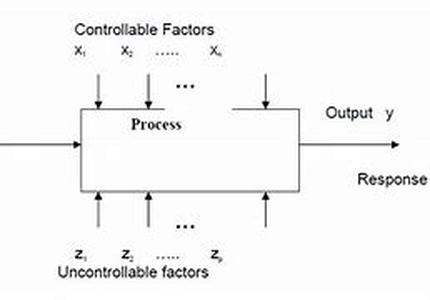
Safety In 30 Days, Personal Protective Equipment In The WorkplaceThere Are Ways That Employers Should Identify And Assess Risks With A View To Preventing And Reducing Them. There Should Be A Hierarchy Of Prevention And Control Measures Starting With Prevention Of The Risk, And If This Is Not Possible, Technicalengineering Controls, Safe Systems Of Work And Information Or Training Should Be Used Instead. Personal Protective Equipment Should Only Be Used As A Last Resort.Unfortunately, Some Employers Encourage Workers To Use Personal Protective Equipment Without Ever Considering The Introduction Of Prevention And Control Measures That Could Eliminate The Use Of Personal Protective Equipment. This Leads To A Number Of Problems:Personal Protective Equipment Protects Only The Person Wearing It, Whereas Measures Controlling The Risk At Source Can Protect Everyone At The WorkplaceTheoretical Maximum Levels Of Protection Are Seldom Achieved With Personal Protective Equipment In Practice And The Actual Level Of Protection Is Difficult To AssessProtection Is Often Ineffective Because The Personal Protective Equipment Is Not Suitable, Incorrectly Fitted, Not Properly Maintained, And May Be Used ImproperlyPersonal Protective Equipment May Restrict The Wearer By Limiting Mobility Or Visibility, Or By Requiring Additional Weight To Be Carried. As Well As The Health And Safety Problems That This May Cause, It Can Also Lead To A Blame The Worker Culture When The Personal Protective Equipment Is Discarded Because Of The Discomfort That It Can CauseUsing Personal Protective Equipment In A Hot Climate Can Be Very Uncomfortable For The Worker. For Example, Using A Full-face Mask And Body Protection In Full Sunshine During The Hot Season Can Be Almost Impossible. It Can Result In Dehydration, Headaches And Even FaintingDifferent Types Of Personal Protective Equipment Include:helmet Or Head-protectorhearing Protectors Such As Ear-plugs Or Ear-muffseye-protectors Such As Goggles And Face Shieldsbreathing Masks With Different Types Of Filtersgloves Of Different Materialsafety Footwearprotective Aprons, Overalls Or Clothingwet Weather Protective Clothingsafety Belts And Life-linesHazards Even Where Technical Or Engineering Controls, Safe Systems Of Work And Other Techniques Have Been Applied, It Is Possible That Some Hazards Might Remain. These Hazards May Lead To Injuries To The:lungs, For Example, From Breathing In Contaminated Airhead And Feet, For Example, From Falling Materialseyes, For Example, From Flying Particles Or Splashes Of Corrosive Liquidsears And Hearing From Noiseskin, For Example, From Contact With Corrosive Materialsbody, For Example, From Extremes Of Heat Or ColdSometimes, Personal Protective Equipment Is Needed In These Cases To Reduce The Risks, But Only To Supplement The Other Risk Control Measures Already Put In Place.





